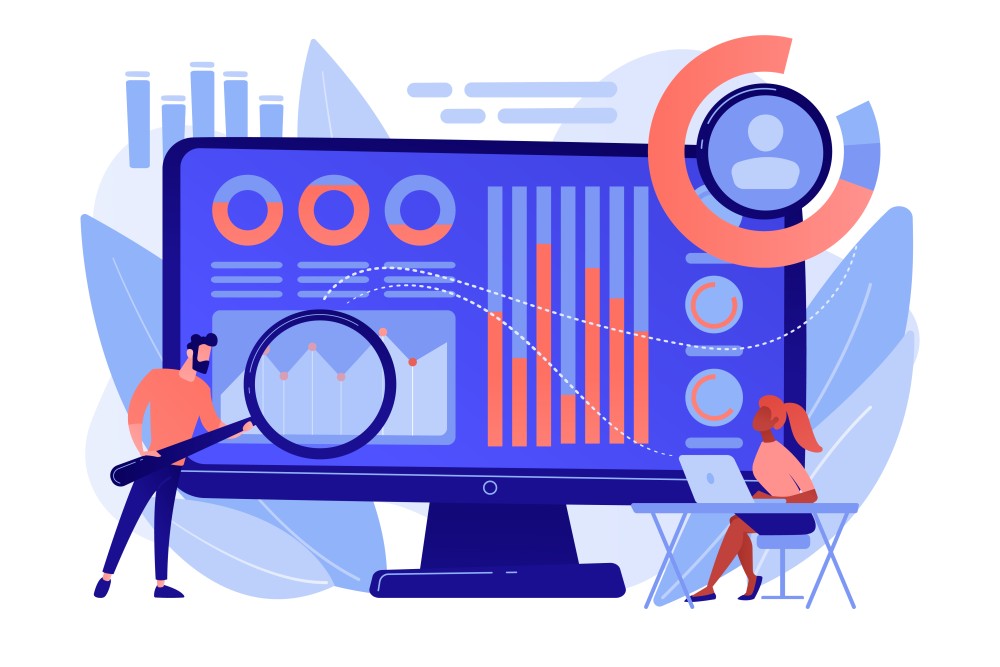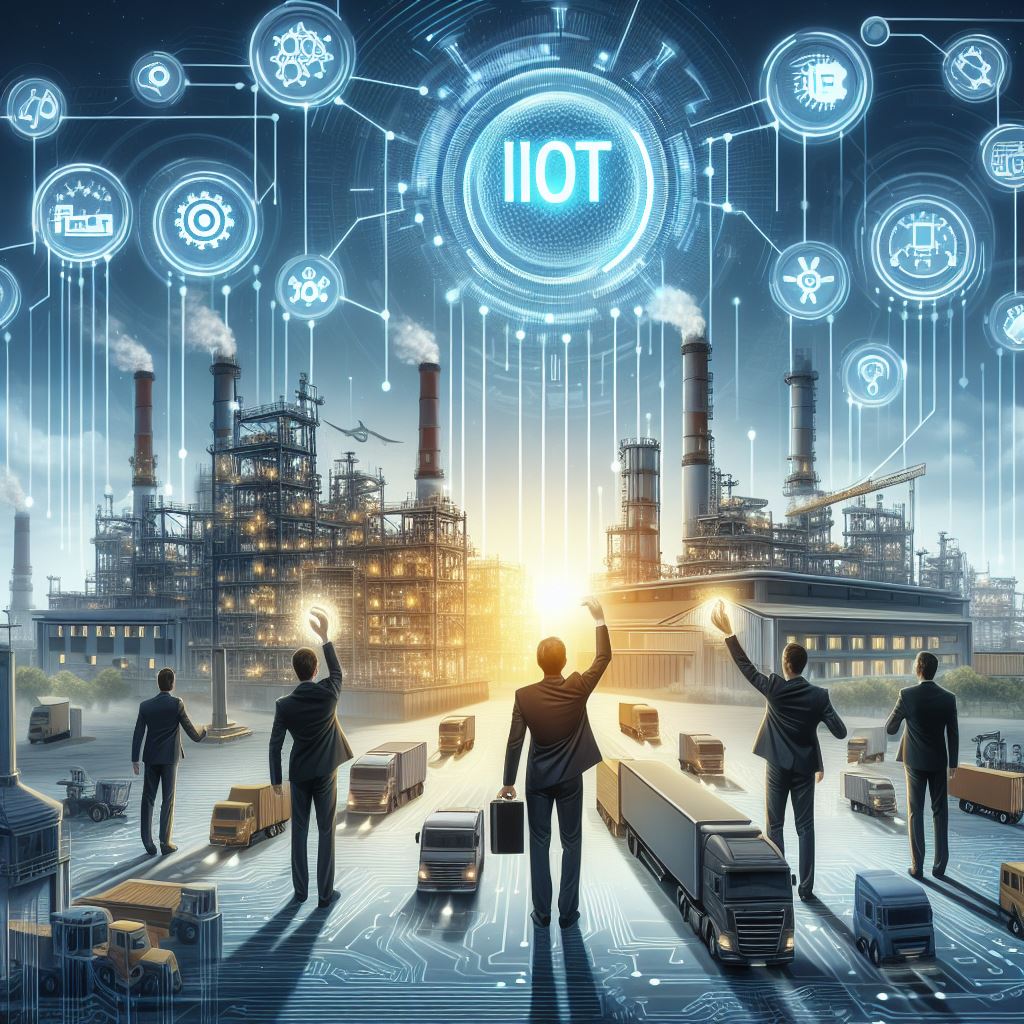Humans rely heavily on transportation. It helps us to reach our office on time, deliver parcels and fresh foods. It also carry us to explore different parts of the world. Hence, there is no wonder that transportation has become one of the breeding ground for Internet of Things. Due to IoT the passengers and drivers get more convenience, safety and better service.Lets see some of the applications of Iot.
Fleet Management
IoT is more useful to Large scale vehicle operators. Every vehicle operators and owners need to know where their vehicle is located and how it is running. With the installation of a GPS device and by connecting the GPS to the internet one can get valuable information of their vehicle at their fingertip through their mobile or computer. It is also capable of tracking the speed and fuel economy of the vehicle.
Toll Ticketing
With the increase in number of vehicles the conventional toll system has become outdated and we can see a large queue in every toll gate. The use of RFID tag has eased the traffic flow to some extend, but IoT can further improve the traffic flow.
Most of the modern cars are connected to the internet in today’s world. With the implementation of IoT these cars can be detected well beyond reaching the toll gate and the toll amount is deducted from the vehicle wallet. By the time the car reaches the toll gate the barrier is kept opened for the car to pass without the need for stopping the vehicle.
Optimized Maintenance
By installing IoT devices in the components of the vehicle one can get valuable data about the running condition of the vehicle. Using these data we can predict the malfunctioning of the components, when to change the oil, battery health, etc. These devices also gives real time feedback to the drivers and the fleet managers so that we can repair the vehicle before any major problem arises. Thus reducing the maintenance and repair cost.
Assisted Driving
One of the prominent feature of IoT is safety. IoT enable the vehicles to communicate with each other. These vehicles share real time information about their location and enable the vehicle to brake or turn to avoid accidents.
IoT connectivity is a major leap for driverless vehicles. When the vehicles effectively communicate with each other travelling will become much safer. Without the implementation of IoT driverless vehicles will not be possible in the near future.
Conclusion
The next industrial revolution is taking place at presnt and IoT is dominating in the race. The applications of IoT is far more than the ones listed above. Any company working in the transportation industry should harness the features of Internet of Things for having a competitive edge over other players.
If you wish to stay above your competitor, do contact Sterison. We are one of the leading IoT service providers in U.A.E, Turkey, India. To know more about IoT services check out our Internet of Things page.






